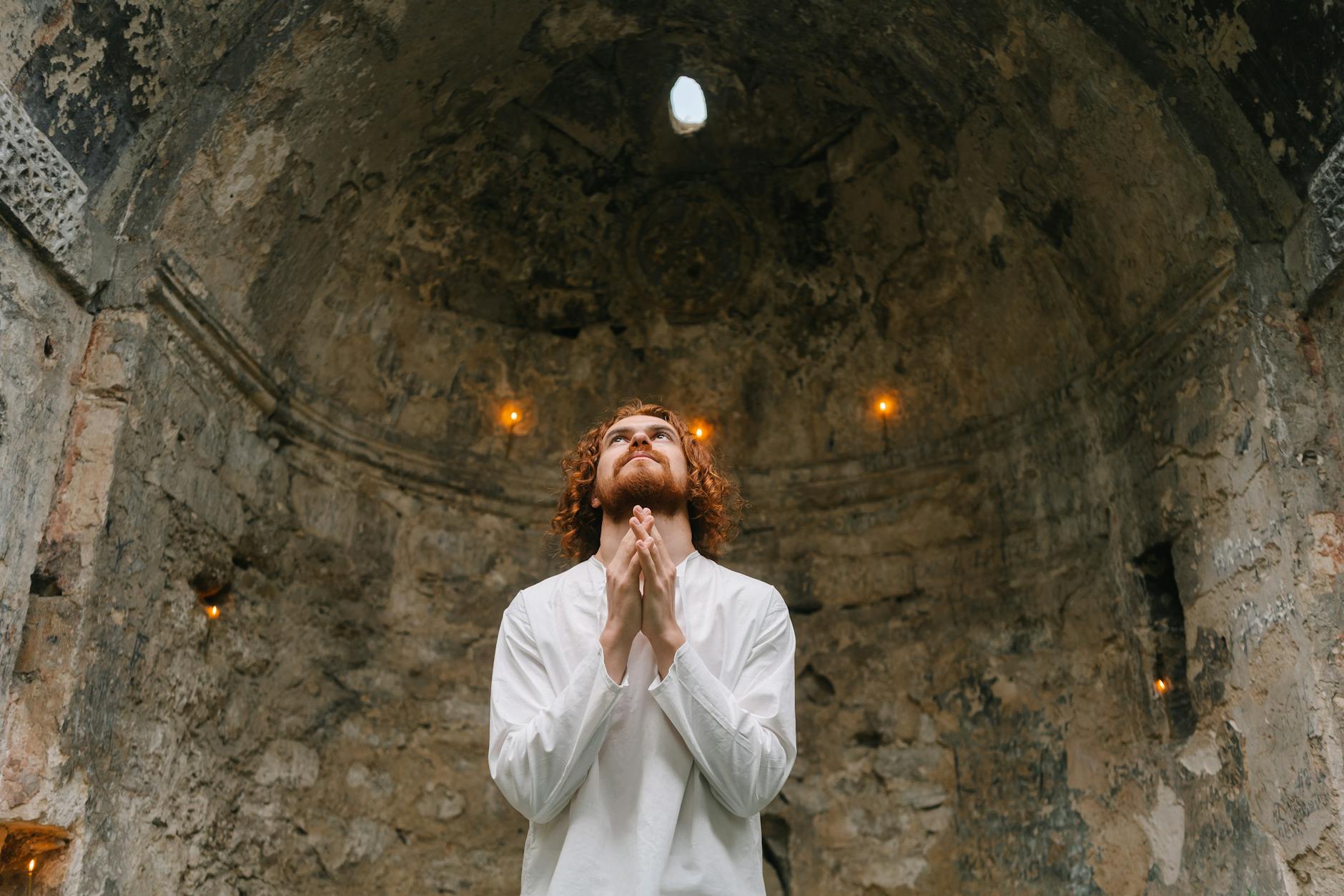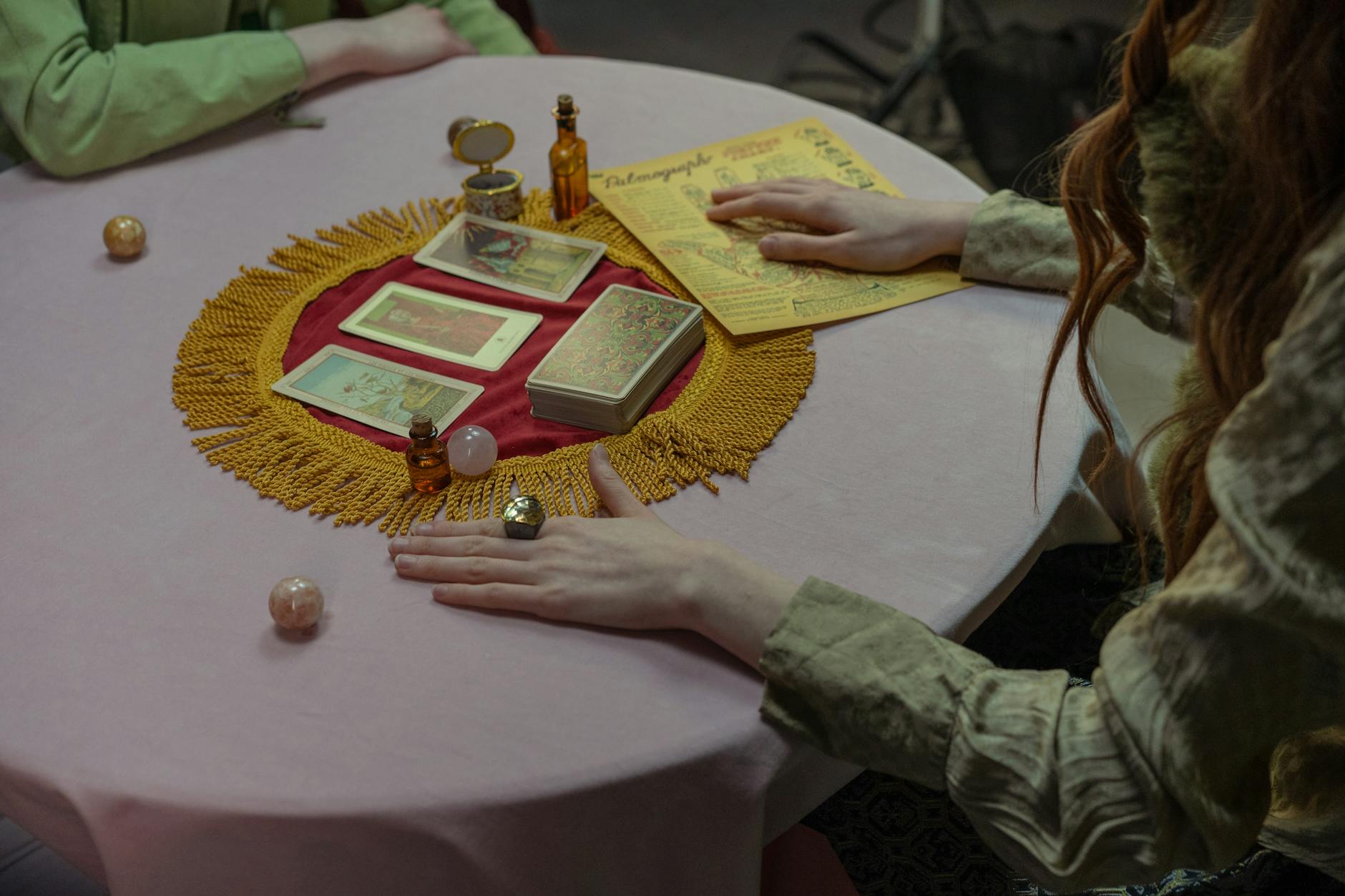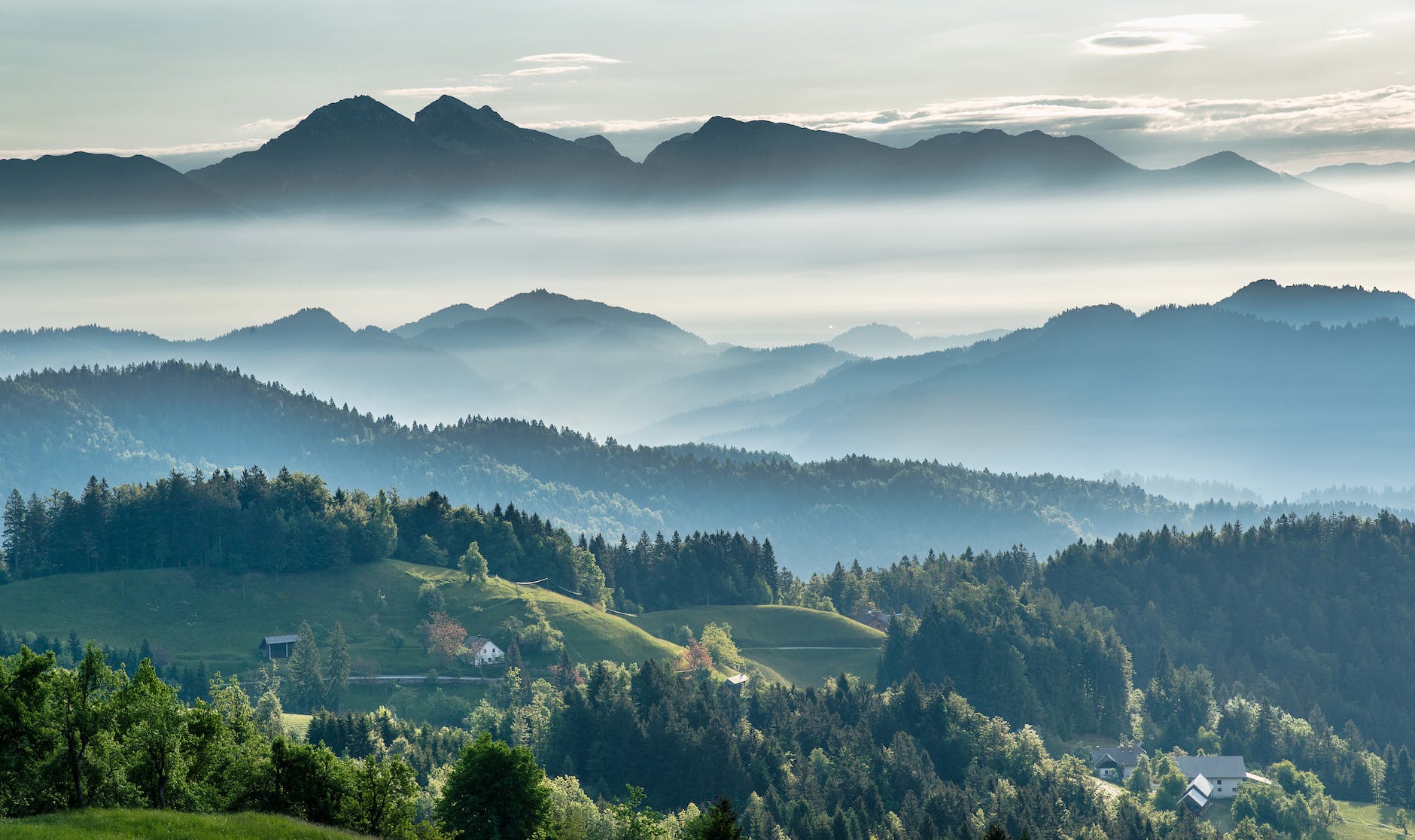Mankind has consistently sought transcendence and a deeper understanding of existence. Across various cultures and epochs, we have used numerous avenues to explore the divine interface. One such path that has been gaining traction in recent years combines spirituality and uniquely vibrant aesthetic expressions called psychedelic art.
Psychedelic art, rooted in the altered consciousness experiences brought about by substances such as LSD, psilocybin, and mescaline, presents an engaging platform for contemplating individual and collective spirituality. It enables artists and onlookers alike to acknowledge mystical experiences and opens a portal to an alternative reality, enabling profound spiritual growth.
Psychedelic art doesn’t stem specifically from the modern age. It has historical connections to each culture’s exploration of the transcendent and the divine. Such a link is seen in the sacred art and symbols used by ancient civilizations, indigenous tribes, and spiritual practices such as shamanism. Tribal shamans, for instance, would enter altered states of consciousness to communicate with the spirit world, and their visions were often depicted using vibrant colors and intricate patterns in their art. This connects psychedelic art with ancient representation of the mystical world.
The power of this art form to encapsulate mystical experiences is evident in Alex Grey’s unique work. A renowned contemporary artist, Grey presents the complex dimensions of human consciousness and spiritual realms in mind-bending intricacy with his work. His use of divinity symbols and themes of transcendence taps into the collective human search for the divine.
Psychedelic art finds resonance within religious imagery as well. The intricate patterns found within Islamic architecture and Hindu mandalas have striking resemblances. Mandalas are spiritual symbols utilized across various cultures to represent the universe and aid meditation. Their geometric patterns, beautifully layered, symbolic of the cosmos and consciousness, align candidly with principles used by psychedelic artists.
Psychedelic art serves as a conduit for mystical experiences. Artworks such as mandalas can assist individuals with their meditation practices. The visual engagement that these artworks offer can help heighten one’s focus during meditation, enabling deeper connections to their spiritual selves. Meanwhile, another artist, Pablo Amaringo, captures the overlapping spiritual and psychedelic realms through his visionary art. A renowned shaman from Peru, Amaringo’s work is deeply influenced by his experiences with the potent psychedelic brew, Ayahuasca. His work portrays humans, animals, and spirits coexisting harmoniously, providing insight into the nature of coexistence and the ultimate oneness of all things.
As our understanding of consciousness continues to grow, so too does the appreciation and understanding of psychedelic art. Neuroscience has unveiled the influence of mindfulness and meditation on the brain’s plasticity and general health. These findings lend credibility to the spiritual experiences relayed by individuals undergoing psychedelic experiences or deep meditative states, aligning science with spirituality.
In truth, psychedelic art embodies the elusive quality of spiritual transcendence. It enables viewers to confront their understanding of reality, question their existential beliefs, and pave the way to spiritual growth. Being an embodiment of spiritual and mystical experiences, this art form provides a means for the exploration of different facets of divinity and consciousness.
In conclusion, psychedelic art is a powerful tool in our spiritual journey, helping us understand the nature of existence and our place within it. This vibrant art form propels us beyond the mundane, offering a glimpse into other realms of consciousness and divinity. Whether it’s through meditation, shamanic journeying, or simply letting one’s mind wander while appreciating such art, such experiences of transcendence offer valuable perspectives on the nature of life, self, and the universe.
Sources used:
1. Mandalas
2. Influence of mindfulness and meditation on the brain’s plasticity and general health








